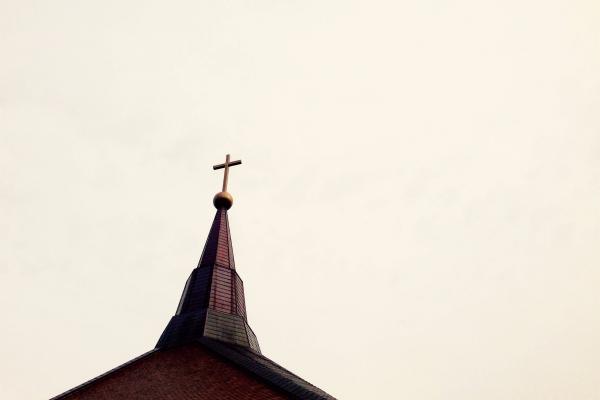Jun 6, 2017
The same week that President Donald Trump was meeting with Pope Francis in Rome, another historic event was taking place, as the Global Christian Forum facilitated a groundbreaking encounter with the major global bodies representing most every part of world Christianity.
Read the Full Article

Already a subscriber? Login
